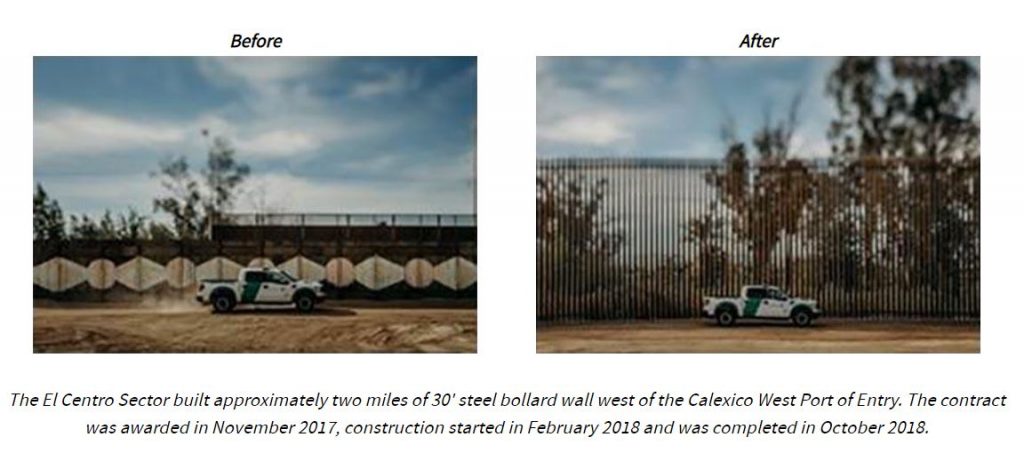Note: The opinions and comments stated in the following article, and views expressed by any contributor to In Homeland Security, do not represent the views of American Military University, American Public University System, its management or employees.
By Sylvia Longmire
Columnist, In Homeland Security
It’s no secret that President Donald Trump is seeking additional funding from Congress to expand the existing border barrier between the United States and Mexico. As the possibility of a government shutdown looms with debate over border security funding ongoing, the Department of Homeland Security (DHS) issued a press release on Dec. 12 meant to explain why a border wall would be effective. However, the vaguely written document calls into question the true purpose of the press release and the confidence of the staff that allowed it to be published.
‘Walls Work’
Titled “Walls Work,” the press release starts out with: “DHS is committed to building a wall at our southern border and building a wall quickly. Under this President, we are building a new wall for the first time in a decade that is 30-feet high to prevent illegal entry and drug smuggling.” The next statement a little strange: “FACT: Prior to President Trump taking office, we have never built a border wall that high.” While this is true, as the tallest existing section of fence is 21 feet high, the purpose of making this statement is unclear.
The rest of the press release reads more clearly, outlining timelines for construction of additional fencing sections and how the existing $292 million of congressional funding is being applied. Specifically, it notes that as of Nov. 21, Customs and Border Protection (CBP) has constructed more than 31 of the 40 approved additional miles of border wall, with the remaining nine miles scheduled for completion by early 2019. In fiscal year 2018, Congress allocated $1.38 billion for border wall expansion across roughly 84 miles. Now, the Trump administration is asking for an additional $5 billion in construction funding for fiscal year 2019, totaling more than 330 miles of wall expansion.
A photo concept included in the DHS Dec. 12 press release:
The figures are accurate and there is evidence to suggest that border fencing is indeed effective at deterring or at least slowing down cross-border traffic. A January 2017 article by the San Diego Union-Tribune indicated that border apprehensions have decreased by 75 percent since 2000. However, it is difficult to determine how much of this can be attributed to expanded fencing, although apprehension statistics after the passing of the Secure Fence Act of 2006 indicate that it’s likely the fence has had at least some impact.
An April 2016 report from the Congressional Research Service cited other factors limiting migration, including “the most severe recession since the 1930s.” Researchers at the Urban Institute credited increased enforcement — including fences and 1994’s Operation Gatekeeper, which boosted the number of Border Patrol agents — with spurring development in San Ysidro and Otay Mesa. However, Everard Meade, director of the Trans-Border Institute at the University of San Diego, disagreed. He believes walls do nothing to stop a significant source of illegal immigration — people who arrive in the U.S. legally but then overstay their visas.
Effectiveness of Tall Border Walls
There is no denying that the new 30-foot standard for border wall height will be effective. The Associated Press reported in January 2018 that assaults by tactical teams on prototypes of Trump’s proposed wall with Mexico found their imposing heights should stop border crossers. Military special forces based in Florida and CBP special units spent three weeks trying to breach and scale the eight models in San Diego, using jackhammers, saws, torches and other tools and climbing devices. The highly trained testers scaled 16 to 20 feet unassisted but needed help after that. Testers also expressed safety concerns about getting down from 30 feet.
While the information contained in the press release is essentially accurate, it’s hardly informative (which is the standard reason for issuing a press release). Its true purpose seems to be to persuade Congress to allocate the additional $5 billion in funding, and/or to persuade the American people to get behind the push for expanded border fencing. Though unprofessional and likely inappropriate, it isn’t surprising that this kind of document was made public.


Comments are closed.